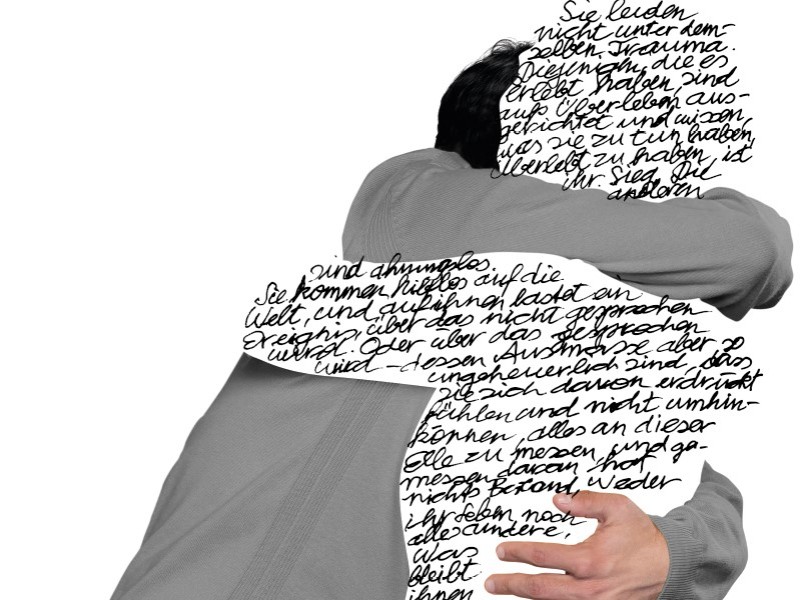More than eighty years after the Shoah, we are now witnessing the death of the last contemporary witnesses. Their story, but also their trauma, was passed down to the generations of children and grandchildren. While the second generation grew up with the psychological and physical injuries of their parents, the third generation looks at the family history from a greater temporal distance. Because of the awareness that their lives are based solely on the survival of others, memory and silence, family myths and secrets, overwhelming or missing family legacies are ubiquitous.
Starting from an approach to what it can mean to belong to the third generation and the dimension of trauma in family memory, the exhibition explores various strategies for coping and dealing with the legacy of the Holocaust. Using artistic works in particular, it tells of archiving and no longer wanting to remain silent, of appropriation and demarcation, of consciously remembering and wanting to forget, of the omnipresence of the Shoah and the large gaps in family histories, and the attempts to fill them. The artistic positions, but also the objects and archives on display, show how trauma is transmitted from generation to generation. At the same time, they convey how the global rise of right-wing radicalism, terror, and war can lead to retraumatization, on the one hand, but also to increased commitment to peace and human rights, on the other.
Curators: Sabine Apostolo, Gabriele Kohlbauer-Fritz
Architecture: koerdtutech
Exhibition graphics: BFBW – Bernhard Faiss & Barbara Wais


